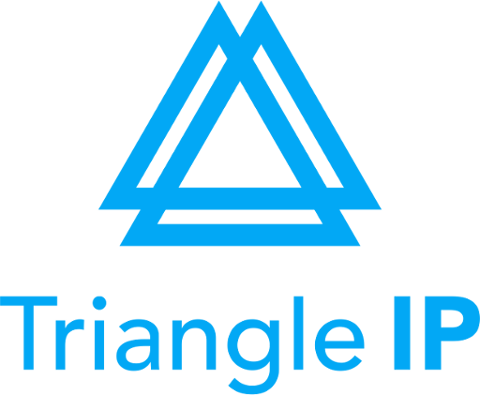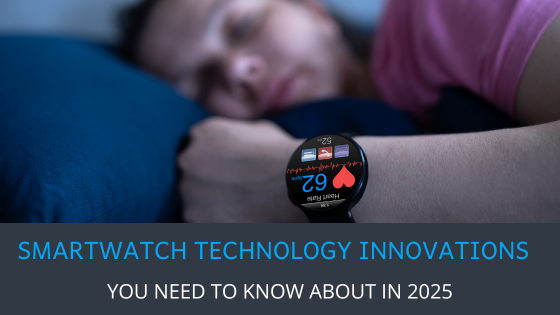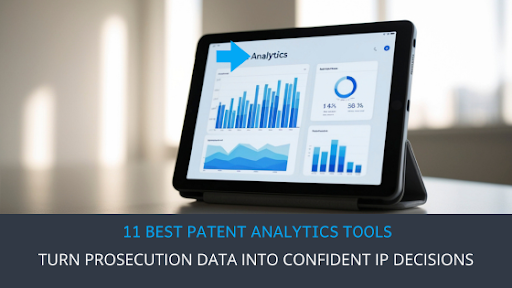12 Smartwatch Technology Innovations Reshaping Wearable Tech Globally Today!
| TL;DR: In this article, we’ll explore 12 groundbreaking smartwatch technology innovations of 2025, showcasing technologies that go beyond fitness tracking. From AI-driven health monitoring to advanced gesture controls, these innovations are shaping the future of wearable tech. These innovations are backed by patents, FDA approvals, and real-world applications, setting new benchmarks for the smartwatch industry in 2025. |
Smartwatches have come a long way from just tracking steps or showing notifications. Today, they can detect strokes, monitor blood pressure, and even let you control apps with a simple wrist gesture. We were genuinely curious about how far this smartwatch technology innovation has reached, so we dived deep.
We have researched over 65+ next-generation smartwatch technologies, examining patents, FDA approvals, clinical trials, and global product launches. From Apple and Samsung to startups like Alva Health and Aktiia, we explored it all. Our focus was on innovations that go beyond flashy launches and truly shape the future.
The result is a curated list of 12 groundbreaking smartwatch technology innovation examples recognized in 2025. These include FDA-cleared diagnostics AI gesture controls, and health tech backed by solid patents.
Let’s dive in!
1. Neural Gesture Interface – Mudra Band by Wearable Devices Ltd
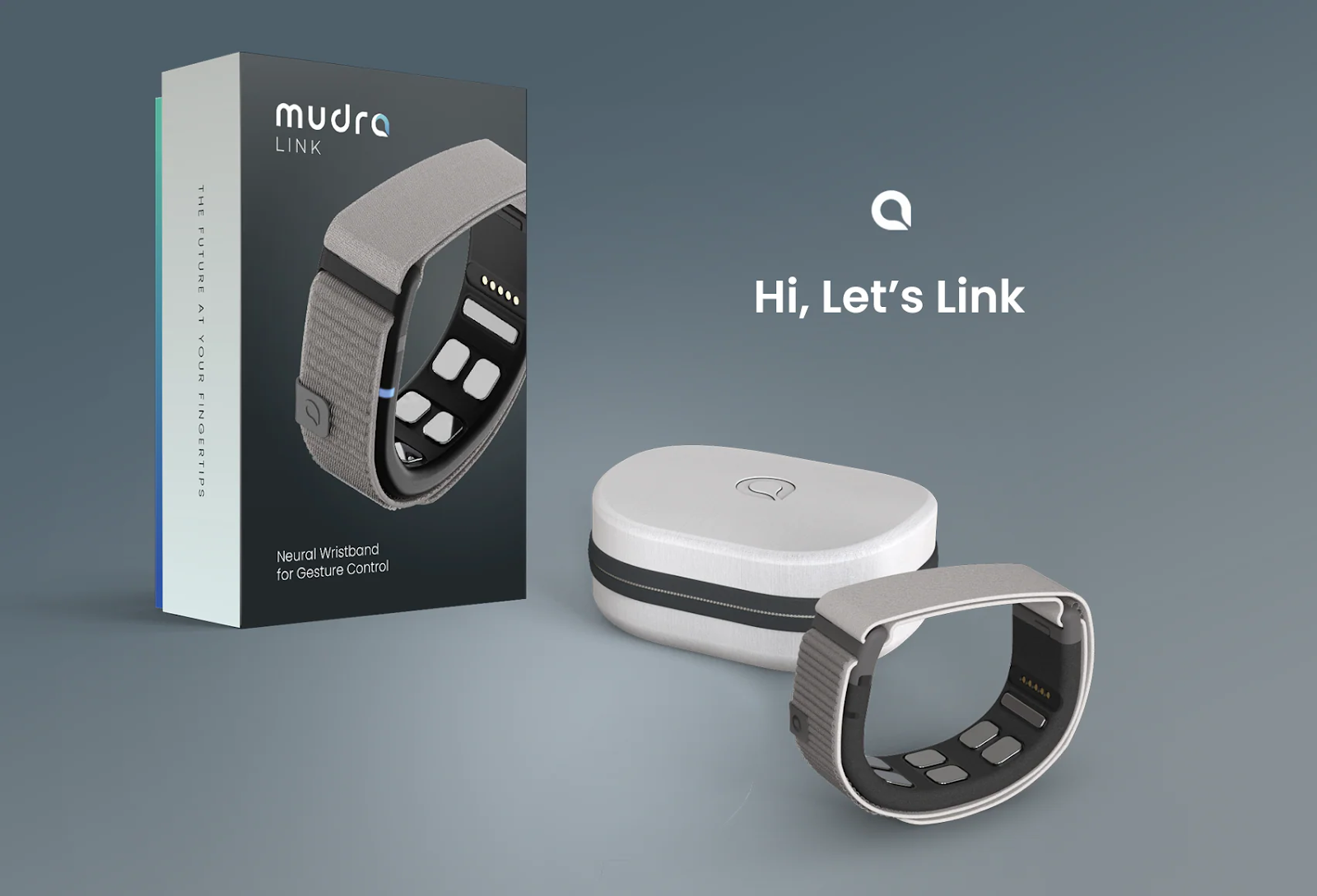
Source- Mudra Band
In 2025, Wearable Devices Ltd. launched the Mudra Band (for iOS) and Mudra Link (for Android/Windows). These neural-input wristbands convert subtle finger movements into touchless controls, such as pinch-to-zoom, tapping, swiping, and volume adjustments. They use EMG sensors and inertial data, with onboard AI detecting gesture start and end points accurately. This allows for continuous and natural control without requiring a screen touch.
The innovation is protected by a newly allowed U.S. patent (May 2025) titled “Gesture and Voice-Controlled Interface Device.” Additional filings have also been made in China and South Korea. The Mudra Link debuted at CES 2025, where it won the Innovation Award for XR Technologies & Accessories. Retail rollout began the same month, backed by a $2.5 million public offering.
Its key strength is cross-platform compatibility, which allows it to work with phones, PCs, and AR/XR glasses. As the first wrist-worn device to deliver real-time neural pinch-to-zoom, it represents a clear step forward in wearable human–computer interaction.
2. AI‑Driven Stroke Detection – Stroke Watch by Alva Health
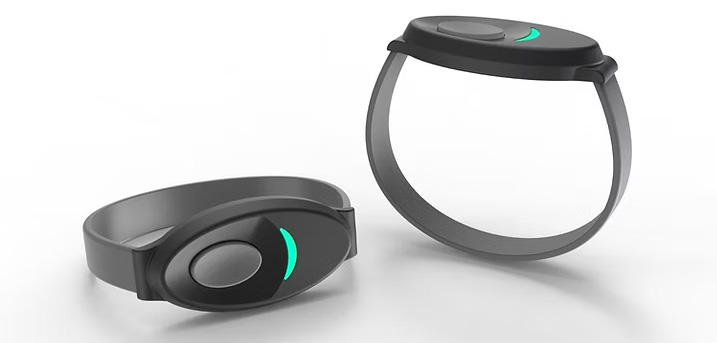
Source- Alva Health
Alva Health has developed a wrist-worn watch that tracks movement using inertial sensors. It uses AI to detect sudden motor asymmetry, a warning sign of stroke. When the system’s confidence threshold is met, it triggers an in-app FAST assessment. If the user doesn’t respond, it automatically sends an SOS alert to caregivers or emergency services.
A U.S. patent covers the approach issued April 17, 2024, for “wearable stroke prediction from motion data”. Initial benchtop and home trials show over 90% sensitivity within two minutes of stroke onset. The team is aiming for FDA 510(k) clearance in 2026.
Commercial progress is underway. Alva Health won a $500K NSF award and became a CTIA Catalyst 2025 finalist for its life-saving wireless tech. With strong patents, clinical results, and funding, Alva Health’s watch may become the first consumer-grade AI stroke-alert wearable.
3. Pulse Spectroscopy for Hydration & Hematocrit – by Garmin
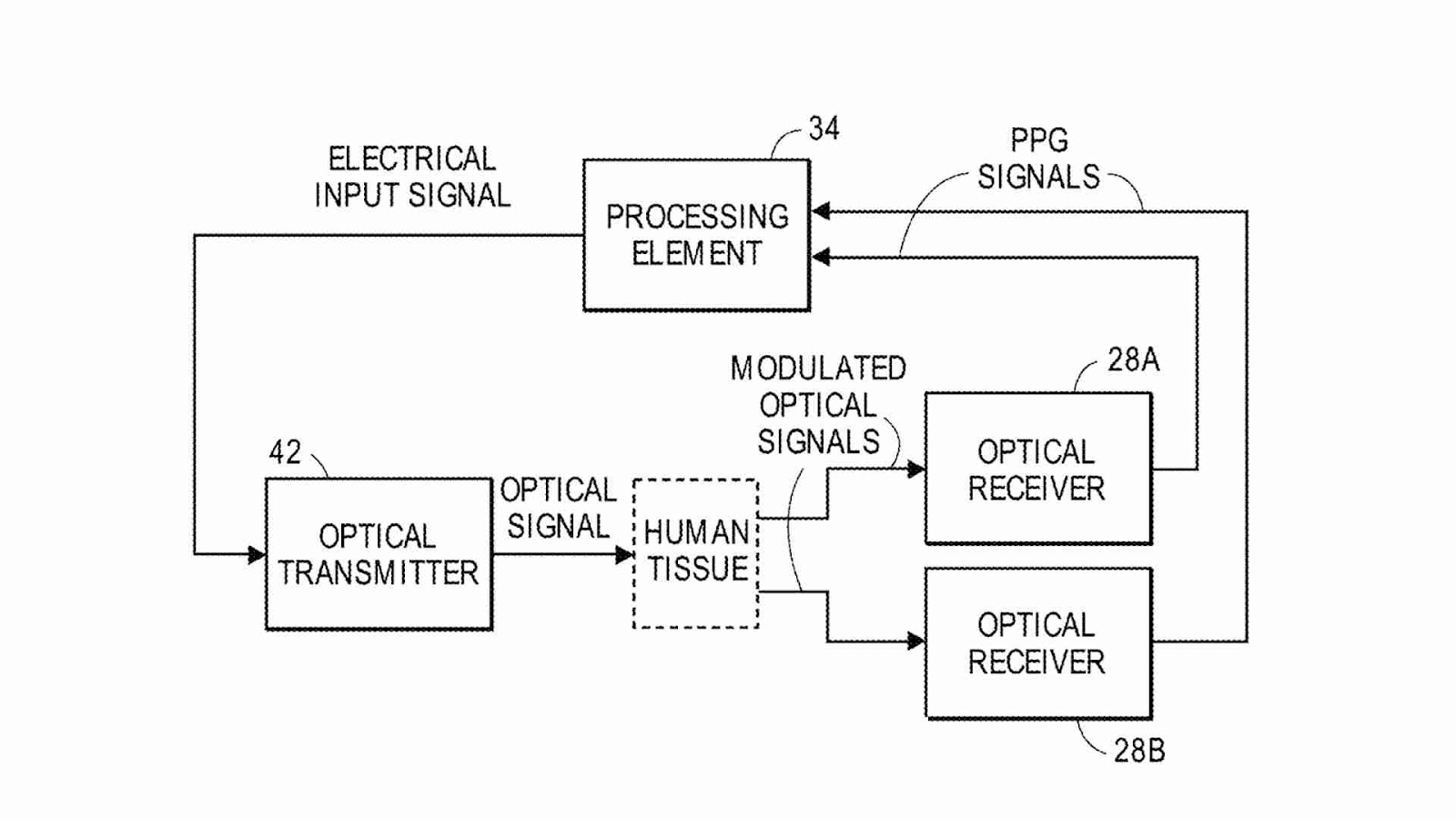
Source- Garmin
Garmin’s latest smartwatch technology innovation features a wrist-based optical engine. It uses multi-wavelength pulse spectroscopy to monitor hydration, hematocrit (RBC%), oxygen saturation, heart rate, and SpO₂ from a smartwatch.
The system fine-tunes light wavelengths and intensity in real time. It adjusts for skin tone, motion, and tissue variations to analyze fluid and blood composition accurately without external sensors.
Covered by U.S. Patent US 12,343,124 B2 (granted July 2025), it outlines real-time biomarker tracking via pulse spectroscopy and light cycles. While the technology hasn’t yet appeared in a commercial product. If implemented, this would mark a major leap beyond heuristic-based hydration reminders to clinically relevant, real-time physiological insights.
Also Read: Best Intellectual Property Management Software for 2025
4. Repairable GPS Sports Watch – UNA Watch by Terrae AB
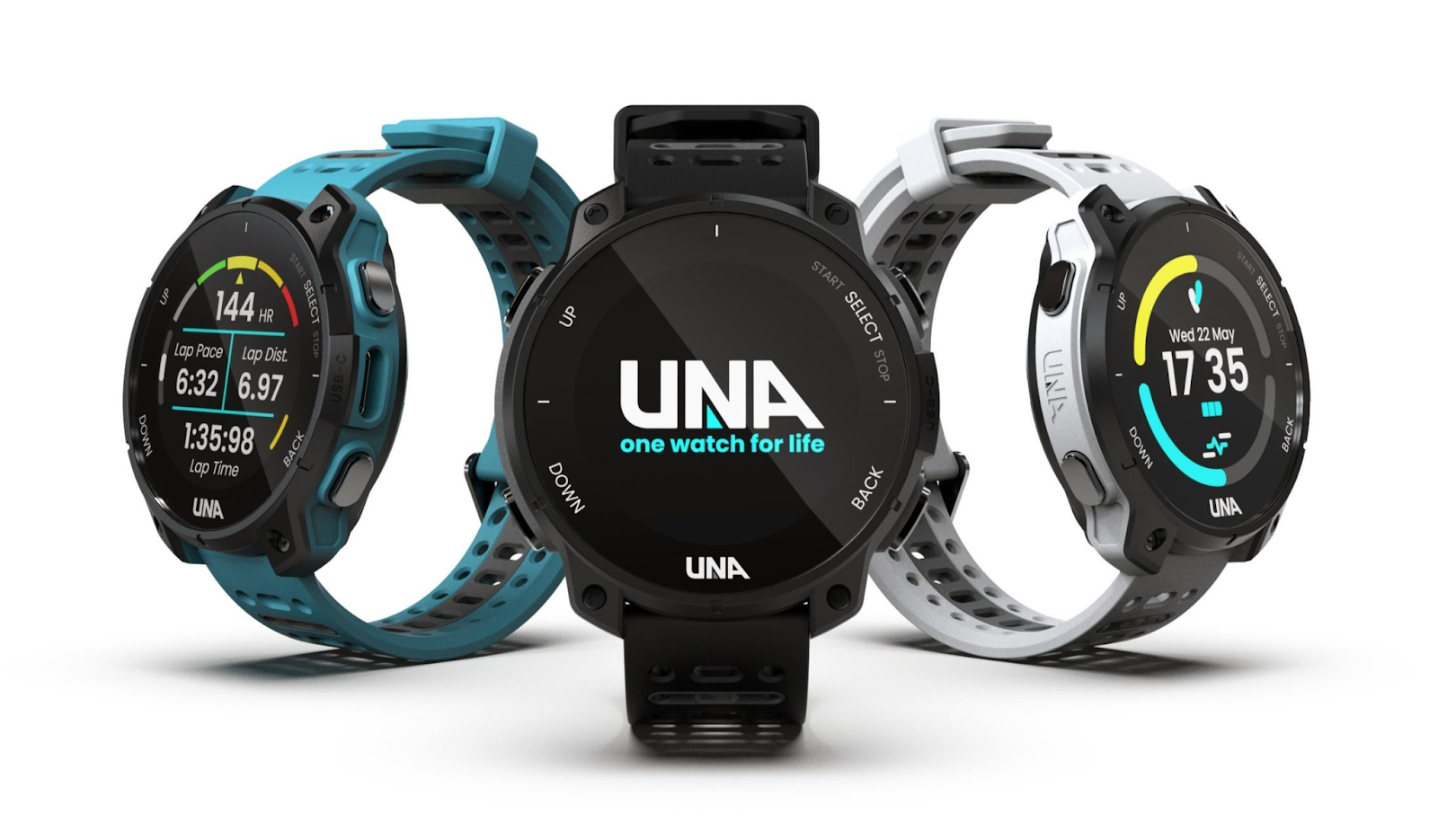
Source- UNA Watch
The UNA Watch, launched on Kickstarter in April 2025, is the first modular and fully repairable GPS sports smartwatch. Unlike most sealed wearables, UNA has a patent-pending design that allows tool-free replacement of key parts. Users can easily swap the battery, display, sensors, chip, and USB-C port for long-term use and upgrades. It features dual-frequency GPS, heart-rate and SpO₂ monitoring, a 10-day battery life, and USB-C charging. Unlike typical watches, its hardware is user-serviceable.
UNA secured £300K from SFC Capital and £100K from Scottish EDGE as pre-seed funding. It then raised over £330K on Kickstarter within days of launch. It’s set to ship by August 2025 and supports an open SDK for developers to build custom apps.
UNA Watch stands out as a comprehensive smartwatch model featuring hardware-first, patent-backed innovation. It sets a new benchmark for sustainable wearable design. The patent is currently pending in the UK, covering its swappable component architecture.
5. Continuous BP Monitor – Hilo Band by Aktiia
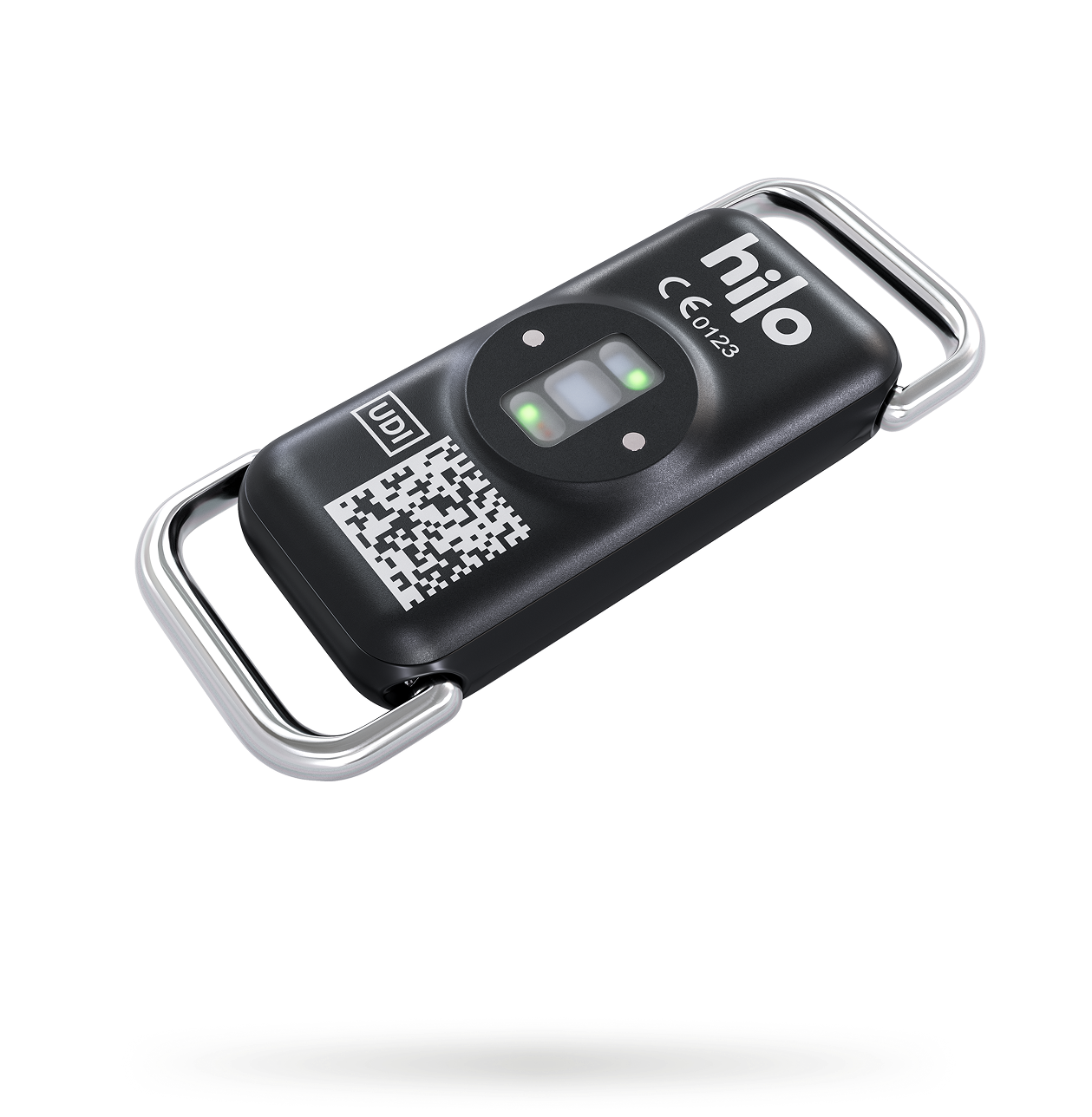
Source- Hilo
The Hilo Band (formerly Aktiia G0) is a wrist-worn, cuffless blood pressure monitor smartwatch technology innovation. It uses optical pulse wave analysis (PPG) and AI to continuously track systolic and diastolic levels. It’s clinically validated against standard cuffs and meets ISO accuracy standards (±5 mmHg).
It captures up to 800 automatic readings per month, even during rest and sleep. This supports real-world hypertension management across diverse skin tones and activity levels. The device received CE approval in 2023, and over 130,000 units have been sold internationally since then.
In July 2025, Hilo gained FDA 510(k) clearance as the first cuffless BP wearable for OTC use. The consumer launch is scheduled for early 2026. It’s backed by 35+ patents, including key IP licensed from CSEM. It has also secured more than $100 million in funding, with $42 million raised in May 2025 alone.
With AI, strong IP, and regulatory clearance, Hilo is the first consumer wearable offering continuous, and cuffless BP tracking.
6. Pulse Alert & Bezel Gestures – Pixel Watch 3 by Google
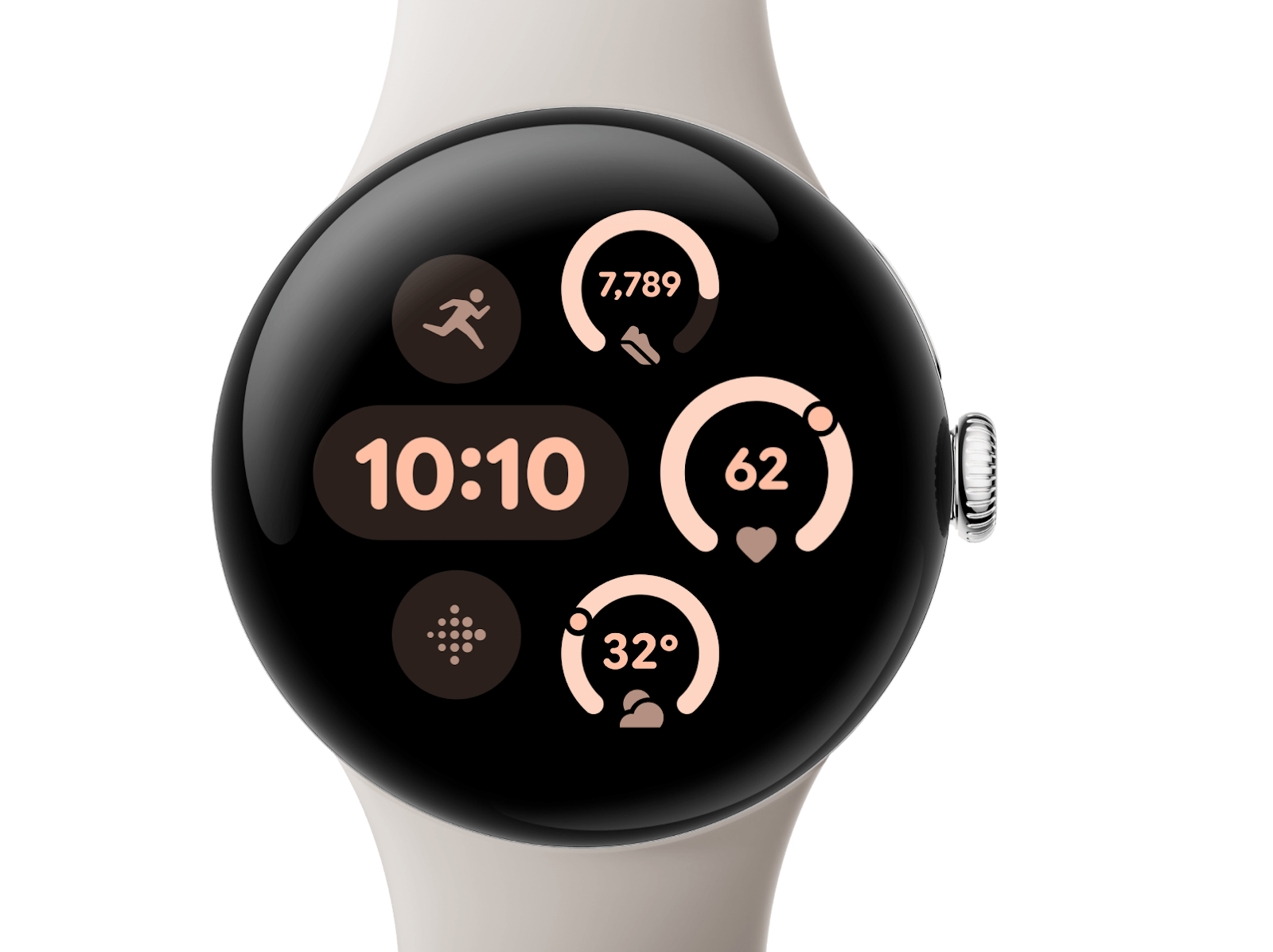
Source- Google Store
Launched in Sep 2024, Pixel Watch 3 is the first smartwatch with FDA-cleared Loss-of-Pulse Detection. The algorithm combines PPG and accelerometer data to detect signs of cardiac arrest. If the wearer fails an on-watch check-in, the system sounds an alarm. It automatically dials emergency services with GPS coordinates, adding a life-saving layer beyond Google’s existing fall and crash detection.
Pixel Watch 3 introduces bezel gestures using a patented strain-gauge sensor array (US 2020/0319768 A1, granted 2023).
Tiny gauges built into the steel housing detect squeezes, taps, and presses. The firmware translates these into UI commands, allowing screen-free navigation of Wear OS. Pixel Watch 3 combines FDA-cleared cardiac arrest alerts with tactile bezel gestures. This dual innovation sets a new benchmark in wearable health and user interaction.
7. Motion-Cleaned Heart Rate – by Rajant Health
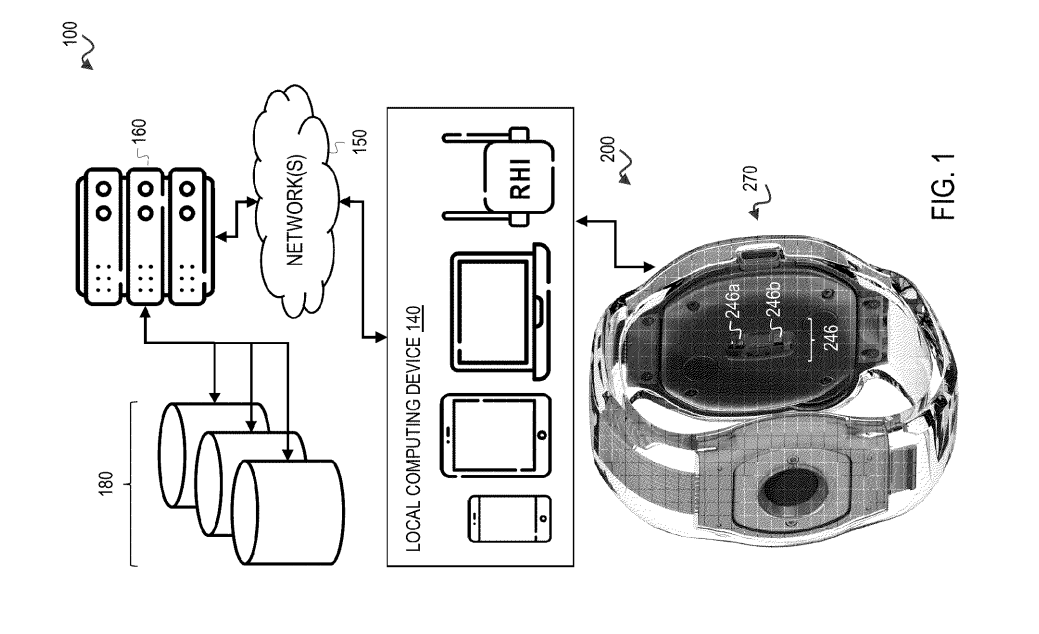
Source: US20230263474A1
Rajant Health’s 2025 smartwatch technology innovation tackles one of the toughest challenges in wrist-based biometrics, i.e, motion artifacts. Their CPC filtering engine cleans PPG and motion data in real-time, enabling precise heart-rate tracking even during workouts. Fully on-device and low-power, it achieves an average error margin of just ~1.12 BPM, without relying on cloud connectivity.
Granted US Patent US20230263474A1 in May 2025, this system isn’t yet in consumer smartwatches. However, it is ready for integration via Rajant’s wearable platform-as-a-service. It’s a breakthrough in motion-resilient wrist biometrics, setting new standards for real-time heart monitoring across wearables.
8. Wearable Performance SoC – Exynos W1000 by Samsung
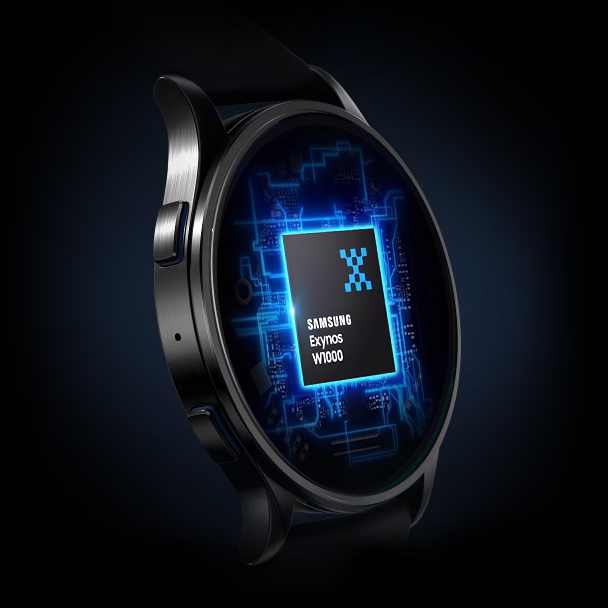
Source- Samsung
Samsung’s Exynos W1000, launched in mid-2024, powers the Galaxy Watch 7 series. It’s the first smartwatch chip built on a 3nm process, with a big.LITTLE CPU and Mali-G68 GPU.
Thanks to its FOPLP and embedded PoP packaging, the chip achieves 3.4× faster single-core and 3.7× multi-core performance. It also offers 2.7× quicker app launches, better power efficiency, and a smaller size perfect for wearables. The chip is covered under Samsung’s SoC patent portfolio and was named a CES 2025 Innovation Award honoree. It enables always-on UIs, next-gen health tracking, and AI features, while maintaining long battery life. Already deployed in Galaxy Watch 7 and 8, the W1000 brings smartphone-grade performance to smartwatches in a compact form.
9. Ambulatory BP Monitoring – Huawei Watch D2 by Huawei
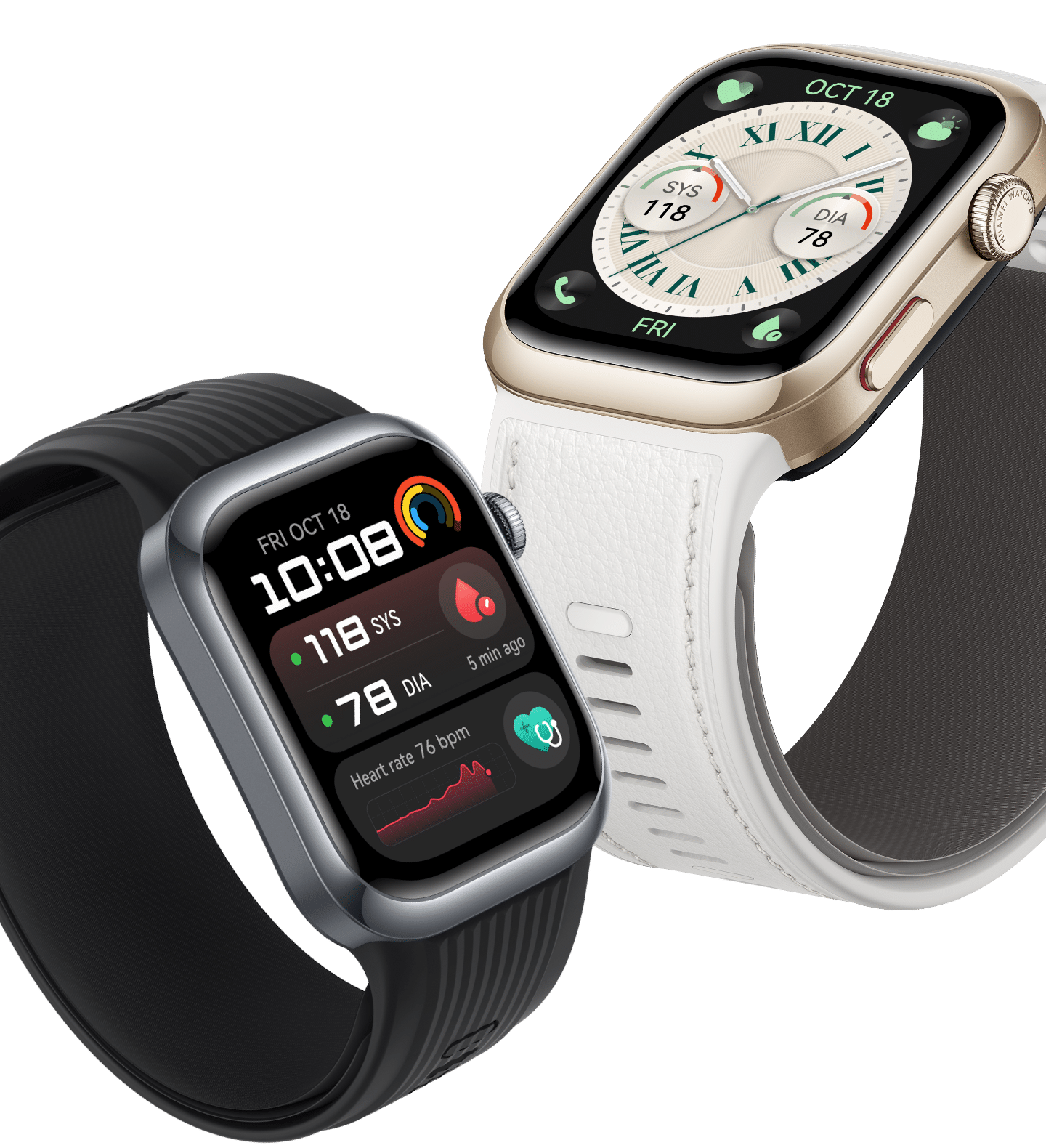
Source- Huawei
Huawei’s Watch D2 is the first consumer smartwatch to offer built-in 24-hour ambulatory blood pressure monitoring. Its core smartwatch technology innovation lies in a miniaturized airbag and pump integrated into the strap. It uses Huawei’s TruSense and high-precision optical sensors to monitor blood pressure. The system works continuously, even during sleep, without needing separate hardware.
The watch is backed by 200+ patents, covering innovations in strap-based pressure sensing and tissue-adjusted calibration. It has received CE and NMPA approvals and began rolling out across China and Europe in Q4 2024.
With medical-grade accuracy and 24/7 BP tracking, the Watch D2 outperforms typical wearables that only offer spot checks.
Also Read:Top 10 Vertical Farming Companies Leading Innovation with Patented Technologies
10. PulseSpeed Algorithm – by CSEM
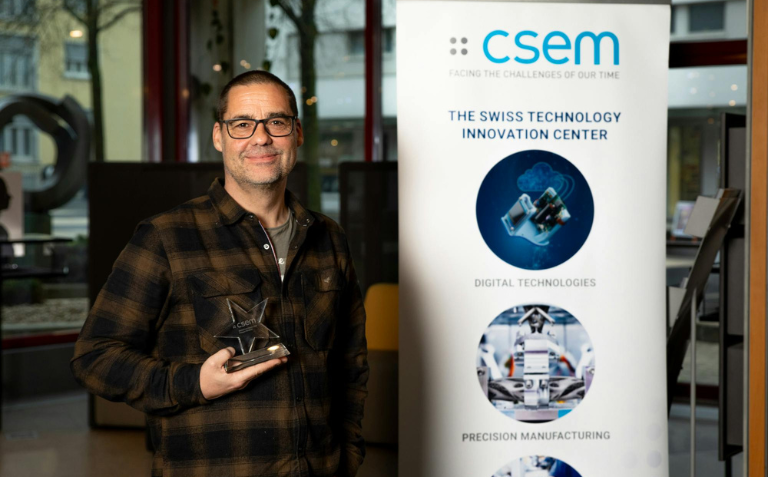
Source- CSEM
The PulseSpeed algorithm was developed by Switzerland’s CSEM in 2025. It allows smartwatches to track heart rate, activity, and distance accurately without relying on GPS. It uses a patented 2014 method that fuses PPG and motion data for precise tracking, even without GPS. The foundational patent is nearly a decade old. But its refinement and launch as the PulseSpeed engine mark a major consumer breakthrough in 2025.
What sets PulseSpeed apart is its low-power, on-device AI processing, enabling seamless integration into smartwatches without relying on cloud computing. As of 2025, PulseSpeed is commercially used in devices from Tissot, Festina, and ActiGraph. It also earned the CSEM Inventor Award 2025 for translating public R&D into real-world products.
Without VC funding, PulseSpeed shows how deep tech can power GPS-free tracking and real-world wearable innovation.
11. Continuous Medical-Grade Monitoring – by CardiacSense Ltd
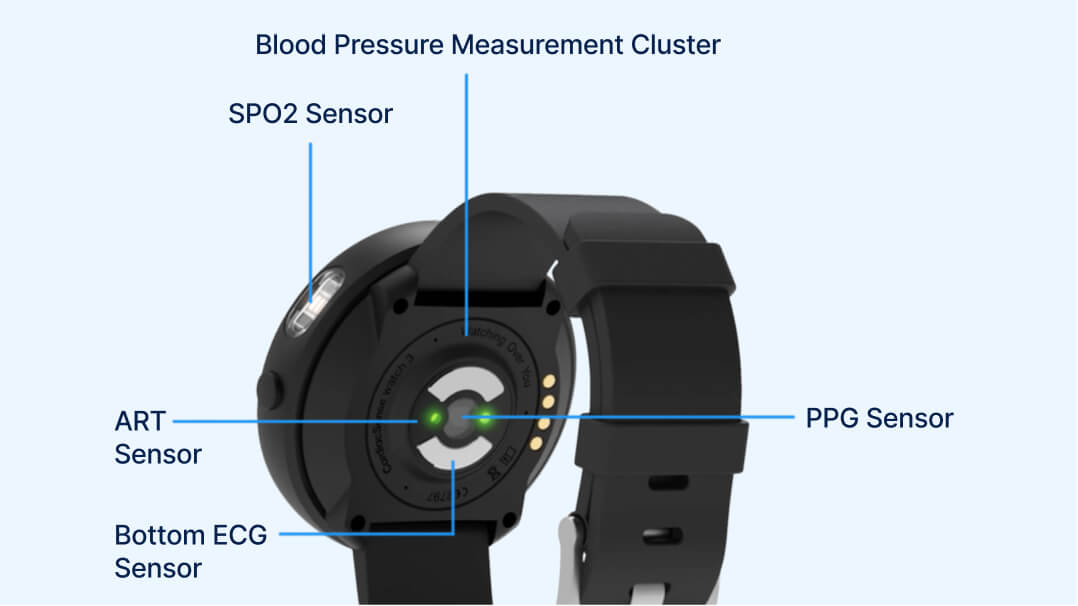
Source- CardiacSense
CardiacSense’s CSF-3 Medical Watch was launched in 2023 and commercialized through 2024. It delivers continuous, motion-corrected ECG and PPG readings from the wrist. It tracks core vitals like respiration rate, oxygen saturation, cuffless blood pressure, and skin temperature.
The watch uses proprietary optical and ECG sensors with advanced artifact cancellation. This enables hospital-grade accuracy even while the wearer is in motion, comparable to Holter monitors.
Patents protect the technology, including US 11,950,929 B2 (sensor displacement, 2024) and US 10,849,513 B2 (multi-wavelength PPG, 2020). The FDA cleared this smartwatch technology innovation in 2023, and it received CE marking in 2021.
It’s the first wearable to meet medical standards for continuous ECG and PPG monitoring. With $14–25M in funding, CardiacSense has expanded globally and supported clinical use cases, including astronaut health monitoring. Clinical trials report over 99% accuracy in AFib detection, positioning the device as a beat-level cardiac diagnostic from the wrist.
12. Sleep Apnea Detection – Apple Watch Series 10
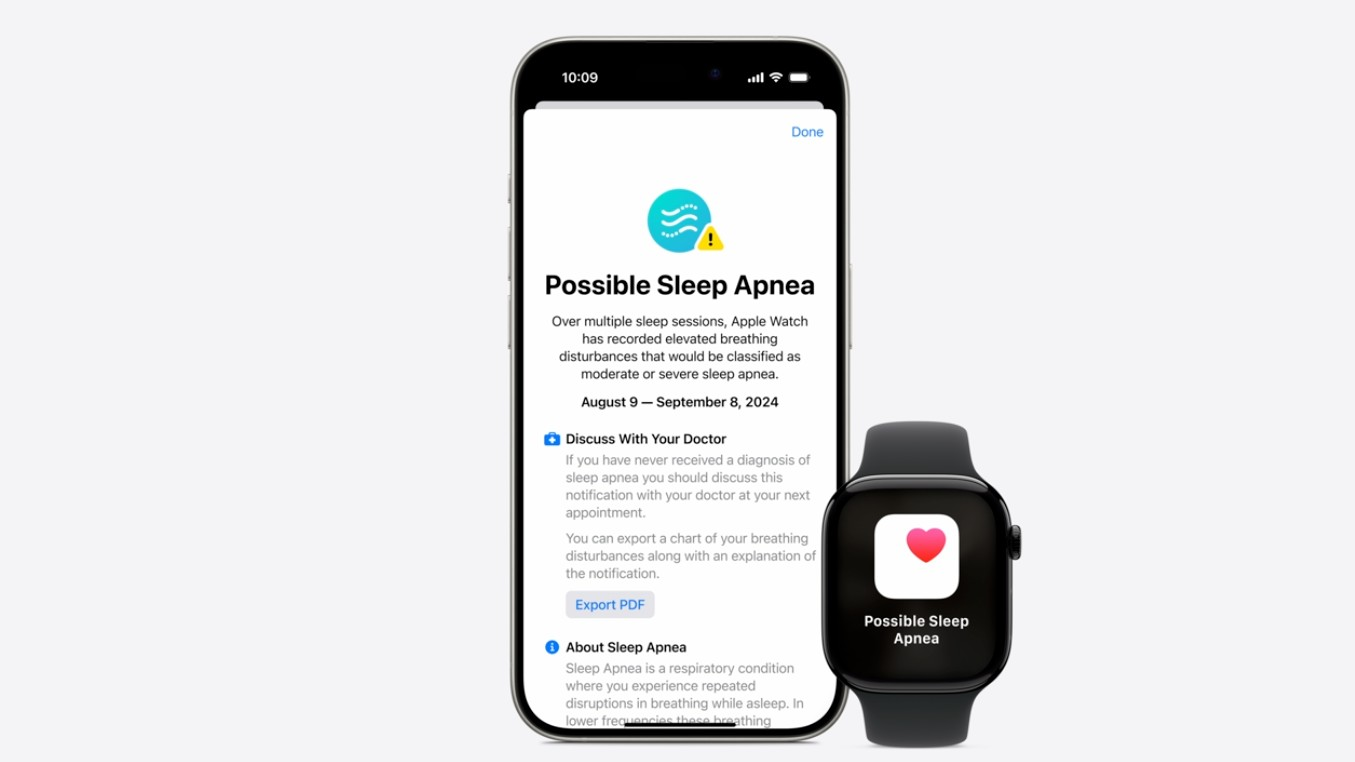
Source- Apple
Released in September 2024, Apple Watch Series 10 became the first in the lineup with FDA-cleared sleep apnea detection. This smartwatch technology innovation uses an AI model to analyze breathing irregularities using motion data during sleep. It alerts users every 30 days if it detects signs of moderate to severe sleep apnea. This software-led capability integrates seamlessly into Apple’s Health app for medical review and analysis.
This innovation isn’t tied to a specific patent. However, the FDA cleared it in 2024, and Apple has deployed it in newer Watch models. With FDA approval, smart software, and wide rollout, it is a major leap in wearable sleep health, enabling passive AI diagnostics.
Also Read: How to Ensure High-Quality Patent Filings — 5 Key Steps for Portfolio Managers
Before We Wrap
As smartwatches evolve into life-saving medical tools, protecting these smartwatch technology innovations is as crucial as creating them.
That’s where Triangle IP’s TIP Tool™ steps in. It simplifies invention capture with intuitive disclosure forms and makes collaboration effortless through co-editing. In-line comments, and real-time notifications keep inventors, attorneys, and decision-makers on the same page.
What’s more?
Its interactive dashboards enable you to track ideas from concept to patent filing, identify bottlenecks, and visualize the innovation pipeline. Additionally, built-in analytics enable you to forecast budgets, assess examiner behavior, and prioritize filings with greater confidence.
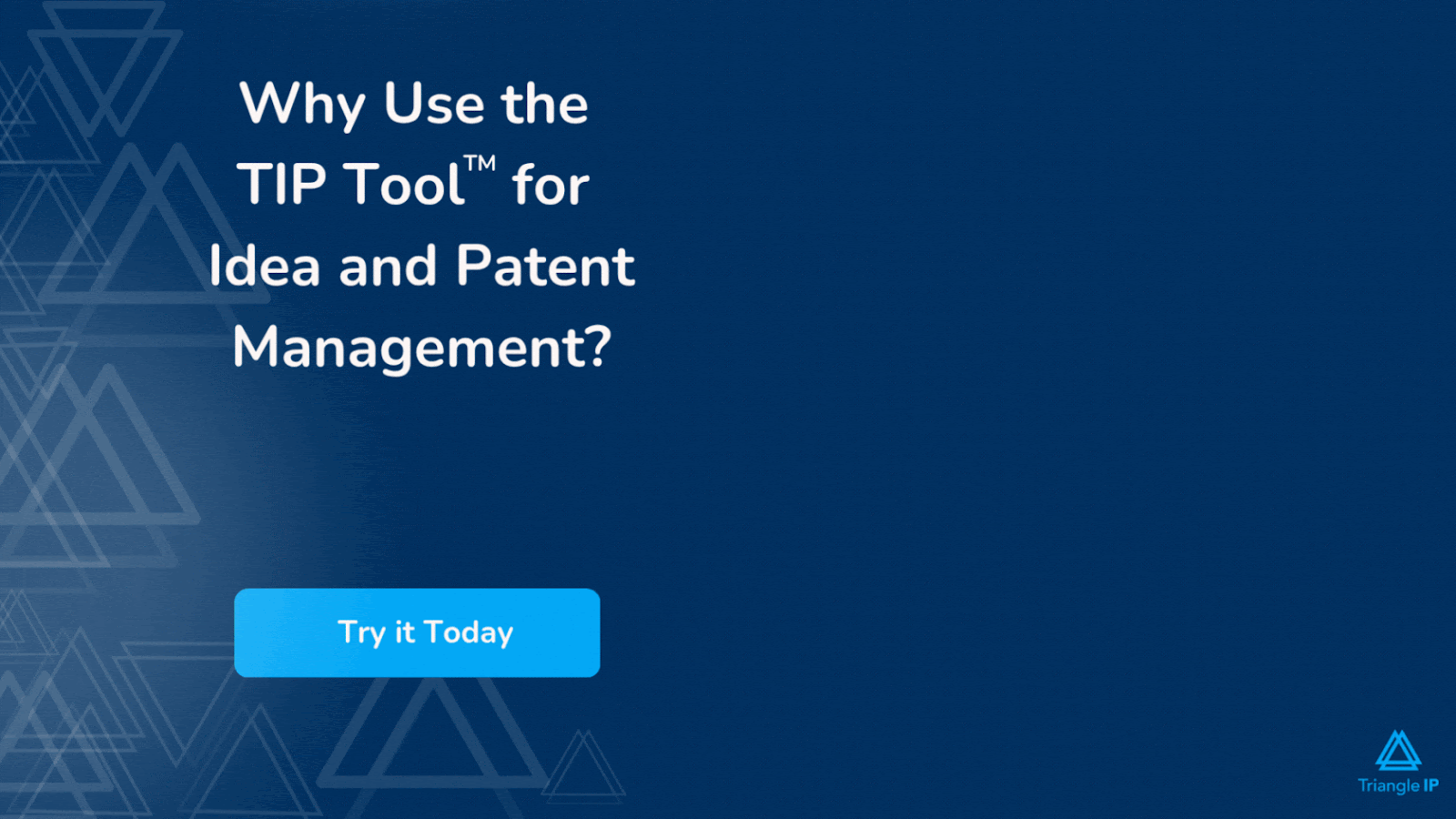
Ready to protect the next big thing in wearable tech? Start capturing, tracking, and managing your ideas smarter with Triangle IP’s TIP Tool™.
FAQs
1. How AI and Machine Learning are Impacting Smartwatches?
AI and Machine Learning are enhancing smartwatches by enabling advanced features like personalized health tracking, predictive analytics for activity monitoring, and improved battery management, allowing smarter and more efficient device usage.
2. What is LTE Connectivity on a Smartwatch?
LTE connectivity on a smartwatch allows the device to connect directly to cellular networks, enabling calls, texts, and data usage without relying on a smartphone, providing greater independence and flexibility.
3. What Changes or Innovations Can We See in a Smartwatch in the Future?
Future smartwatches may feature more advanced health monitoring capabilities, such as real-time blood pressure and glucose monitoring, seamless integration with other devices, longer battery life, and enhanced AI-powered features for a more personalized user experience.
